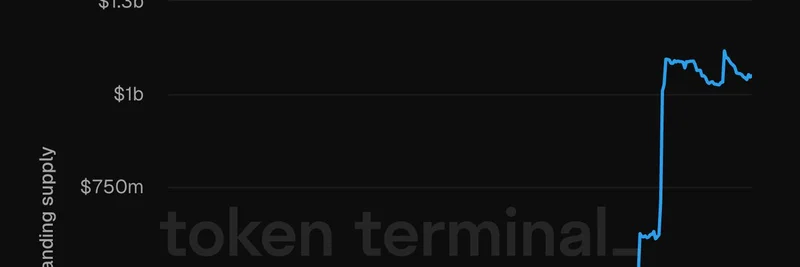In the fast-paced world of tech and finance, patterns often repeat themselves across different sectors. A recent post on X (formerly Twitter) from QwQiao, customer support lead at AllianceDAO and cohost of the Good Game Podcast, highlights a fascinating parallel between the current AI hype and the cyclical nature of crypto markets. If you've ridden the waves of multiple crypto bull and bear cycles, you might find the broader economy starting to feel eerily familiar.
QwQiao's observation breaks it down simply: optimism around AI, especially those "circular AI deals" where companies invest in each other's tech to inflate valuations, drives up price multiples and revenues. This pushes market caps higher, making asset holders feel wealthier. That perceived wealth encourages more spending, which in turn boosts GDP and keeps employment steady. It's a classic example of reflexivity – a concept popularized by investor George Soros, where market perceptions influence reality, creating self-reinforcing loops.
For those new to the term, reflexivity in markets means that investors' biases and actions can shape economic outcomes, rather than just reflecting them. In crypto, we've seen this play out dramatically: a hot new token or NFT project sparks FOMO (fear of missing out), prices skyrocket, more people pile in, and the cycle feeds itself until reality catches up – often with a bust.
What's intriguing here is how AI is mimicking this pattern on a grander scale. Major tech firms are pouring billions into AI startups, often in deals that look more like mutual back-scratching than pure innovation. Think of it like the ICO (Initial Coin Offering) boom of 2017, where hype alone could turn whitepapers into fortunes. But as QwQiao points out, surviving those crypto rollercoasters equips you well for navigating the "real world" economy's ups and downs.
This insight resonates deeply in the blockchain space, where meme tokens thrive on similar reflexive dynamics. Meme coins like Dogecoin or newer entrants often surge based on community sentiment and viral narratives, much like AI stocks riding the wave of generative tech promises. For blockchain practitioners, understanding these cycles isn't just academic – it's a survival skill. It helps in timing investments, spotting overhyping, and building resilient strategies.
If you're diving into meme tokens, keep an eye on how broader market reflexivity spills over. AI optimism could indirectly fuel crypto rallies by increasing overall risk appetite and liquidity. Conversely, if the AI bubble pops, it might drag down correlated assets, including those fun, speculative memes.
For more on this, check out the original post here. It's a quick read that packs a punch, reminding us that whether it's AI or altcoins, the game is often more about psychology than pure fundamentals.
At Meme Insider, we're all about decoding these trends to help you stay ahead in the meme token world. Stick around for more breakdowns on how tech hype intersects with blockchain innovation.

